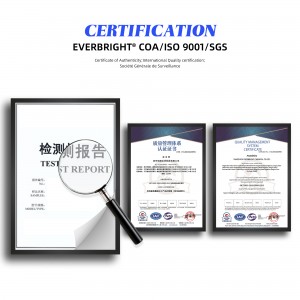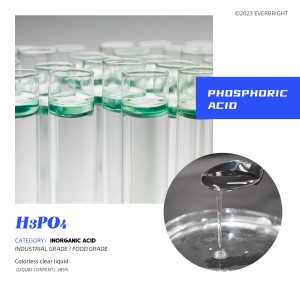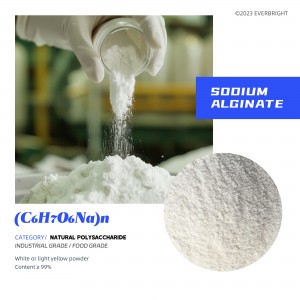Boric Acid
Product Details

Specifications provided
Anhydrous crystal (content ≥99%)
Monohydrate crystal (content ≥98%)
(Scope of application reference ‘product usage’)
Oxalic acid is a weak acid. The first-order ionization constant Ka1=5.9×10-2 and the second-order ionization constant Ka2=6.4×10-5. It has acid commonness. It can neutralize the base, discolor the indicator, and release carbon dioxide by interaction with carbonates. It has strong reducibility and is easy to be oxidized into carbon dioxide and water by oxidizing agent. Acid potassium permanganate (KMnO4) solution can be discolored and reduced to 2-valence manganese ion.
EVERBRIGHT® ‘ll also provide customized :content/whiteness/particlesize/PHvalue/color/packagingstyle/ packaging specifications and other specific products that are more suitable for your use conditions , and provide free samples.
Product Parameter
10043-35-3
233-139-2
61.833
Inorganic acid
1.435 g/cm³
Insoluble in water
300℃
170.9 ℃
Product Usage

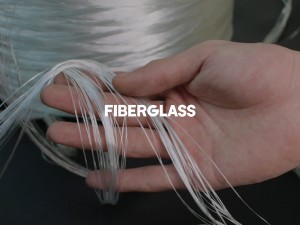
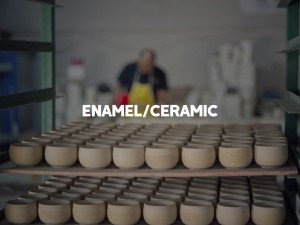
Glass/fiberglass
Used for the production of optical glass, acid-resistant glass, organoborate glass and other advanced glass and glass fiber, can improve the heat resistance and transparency of glass, improve mechanical strength, shorten the melting time. B2O3 plays the dual role of flux and network formation in the manufacture of glass and glass fiber. For example, in glass fiber production, the melting temperature can be lowered to facilitate wire drawing. In general, B2O3 can reduce viscosity, control thermal expansion, prevent permeability, improve chemical stability, and improve resistance to mechanical shock and thermal shock. In glass production where low sodium content is required, boric acid is often mixed with sodium borates (such as borax pentahydrate or borax anhydrous) to regulate the sodium-boron ratio in glass. This is important for borosilicate glass because boron oxide shows good solubility in the case of low sodium and high aluminum.
Enamel/ceramic
Enamel, ceramic industry for the production of glaze, can reduce the thermal expansion of glaze, reduce the curing temperature of glaze, so as to prevent cracking and deglazing, improve the luster and fastness of products. For ceramic and enamel glazes, boron oxide is a good flux and network forming body. It can form glass (at low temperatures), improve the adaptability of blank glaze, reduce viscosity and surface tension, improve refractive index, improve mechanical strength, durability and wear resistance, it is an important component of lead-free glaze. The high boron frit ripens quickly and forms a smooth glaze quickly, which is conducive to coloring. In the quick-fired glazed tile frit, B2O3 is introduced as boric acid to ensure the low sodium content requirement.
Health care industry
Used in the production of boric acid ointment, disinfectant, astringent, preservative and so on.
Flame retardant
Adding borate to celluloid material can change its oxidation reaction and promote the formation of "carbonization". It is therefore flame retardant. Boric acid, alone or in combination with borax, has a special effect on reducing the flammability of celluloid insulation, wood, and cotton tires in mattresses.
Metallurgy
It is used as additive and cosolvent in the production of boron steel to make the boron steel have high hardness and good rolling ductility. Boric acid can prevent the surface oxidation of metal welding, brazing and casing welding. It is also the raw material of ferroboron alloy.
Chemical industry
Used in the production of various borates, such as sodium borohydride, ammonium hydrogen borate, cadmium borotungstate, potassium borohydride and so on. In the production of nylon intermediates, boric acid plays a catalytic role in the oxidation of hydrocarbons and generates esters to increase the yield of ethanol, thereby preventing the further oxidation of hydroxyl groups to produce ketones or hydroxic acids. Fertilizer industry for the production of candle wicks, boron containing fertilizer. It is used as an analytical chemical reagent for preparing buffer and various media for haploid breeding.









